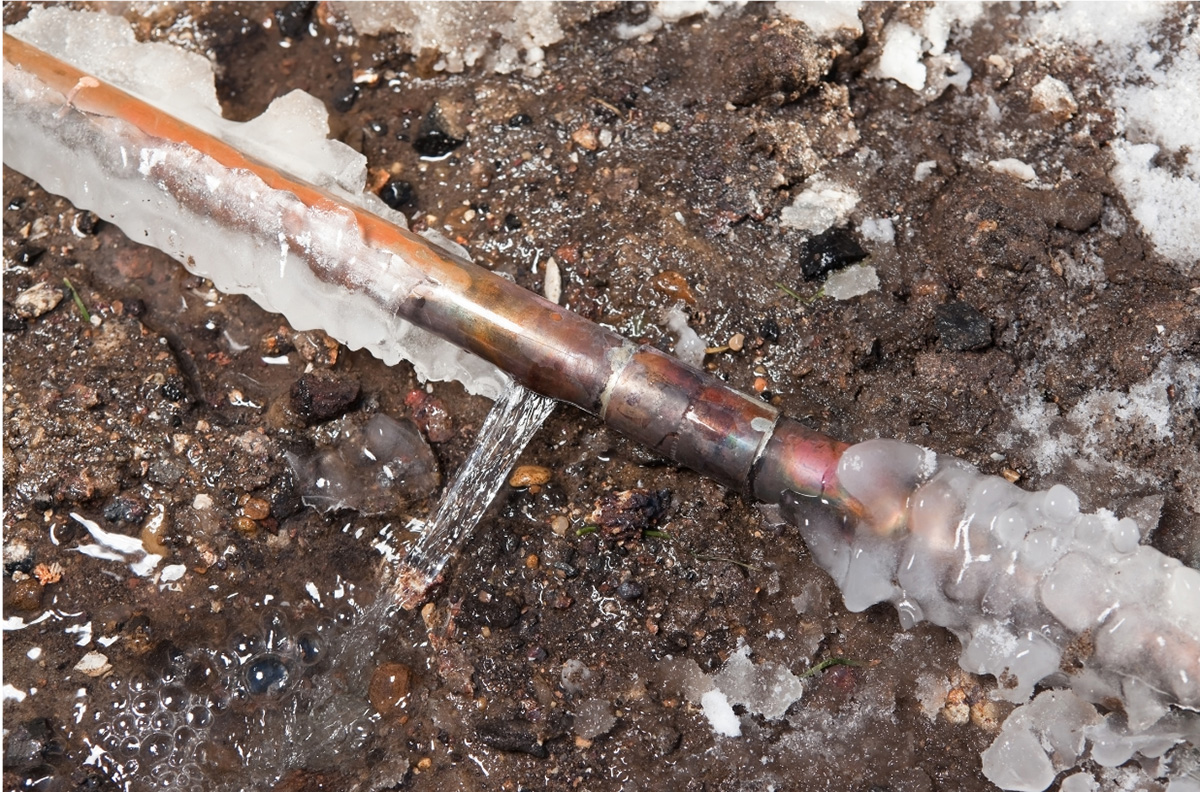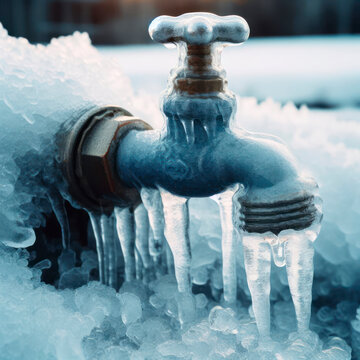Important Tips to Prevent Frozen Plumbing in Winter
Important Tips to Prevent Frozen Plumbing in Winter
Blog Article
This great article in the next paragraphs pertaining to Prevent Frozen Pipes is amazingly attention-grabbing. You should read it.

Winter can wreak havoc on your pipes, particularly by freezing pipelines. Below's how to avoid it from taking place and what to do if it does.
Intro
As temperatures drop, the threat of icy pipes rises, possibly leading to pricey repair work and water damage. Understanding just how to stop icy pipes is critical for homeowners in cool environments.
Recognizing Icy Pipes
What causes pipelines to freeze?
Pipelines ice up when exposed to temperature levels listed below 32 ° F (0 ° C) for expanded durations. As water inside the pipelines freezes, it increases, taxing the pipeline wall surfaces and possibly creating them to break.
Risks and problems
Frozen pipelines can result in water disturbances, building damage, and expensive repair services. Ruptured pipelines can flooding homes and cause considerable structural damage.
Signs of Frozen Piping
Identifying frozen pipelines early can prevent them from bursting.
How to determine frozen pipelines
Try to find decreased water flow from taps, uncommon smells or sounds from pipes, and noticeable frost on exposed pipelines.
Prevention Tips
Protecting susceptible pipes
Wrap pipes in insulation sleeves or utilize warmth tape to secure them from freezing temperatures. Focus on pipelines in unheated or external areas of the home.
Heating strategies
Keep interior spaces properly warmed, especially locations with pipes. Open cupboard doors to enable cozy air to flow around pipes under sinks.
Safeguarding Outdoor Plumbing
Garden tubes and exterior faucets
Separate and drain garden hose pipes before winter season. Set up frost-proof spigots or cover outside taps with protected caps.
What to Do If Your Pipes Freeze
Immediate activities to take
If you presume icy pipes, keep faucets available to eliminate stress as the ice thaws. Make use of a hairdryer or towels taken in hot water to thaw pipes slowly.
Long-Term Solutions
Architectural modifications
Consider rerouting pipes away from outside walls or unheated areas. Add extra insulation to attic rooms, cellars, and crawl spaces.
Updating insulation
Purchase top quality insulation for pipelines, attic rooms, and walls. Proper insulation helps preserve consistent temperatures and decreases the risk of icy pipelines.
Verdict
Avoiding icy pipes calls for proactive actions and fast responses. By comprehending the causes, indicators, and preventive measures, homeowners can safeguard their pipes during winter.
6 Proven Ways to Prevent Frozen Pipes and Protect Your Home
Disconnect and Drain Garden Hoses
Before winter arrives, start by disconnecting your garden hoses and draining any remaining water. Close the shut-off valves that supply outdoor hose bibs and leave the outdoor faucet open to allow any residual water to drain. For extra protection, consider using faucet covers throughout the colder months. It’s also important to drain water from any sprinkler supply lines following the manufacturer’s directions.
Insulate Exposed Pipes
Insulating your pipes is an effective way to prevent freezing. Pipe insulation is readily available at home improvement stores and is relatively inexpensive. Pay close attention to pipes in unheated areas such as the attic, basement, crawl spaces, or garage. Apply foam insulation generously to create a buffer against the cold. You can also wrap your pipes in heat tape or thermostat-controlled heat cables for added warmth.
Seal Air Leaks
Inspect your home for any cracks or openings that could let in cold air. Seal any holes around the piping in interior or exterior walls, as well as the sill plates where your home rests on its foundation. Additionally, make sure to keep your garage door closed unless you’re entering or exiting. Leaving it open creates a significant air leak that can lead to frozen pipes.
Allow Warm Air Circulation
During cold snaps, it’s essential to allow warm air to circulate evenly throughout your home. Leave interior doors ajar to promote better airflow. Open kitchen and bathroom cabinets to help distribute heat consistently around the rooms. If you have small children or pets, be sure to remove any household chemicals or potentially harmful cleaners from open cabinets for safety.
Let Faucets Drip
A small trickle of water can make a big difference in preventing ice formation inside your pipes. When temperatures drop significantly, start a drip of water from all faucets served by exposed pipes. This continuous flow helps prevent the water from freezing. Additionally, running a few faucets slightly can relieve pressure inside the pipes, reducing the chances of a rupture if the water inside does freeze.
https://choateshvac.com/6-proven-ways-to-prevent-frozen-pipes-and-protect-your-home/

I hope you liked our piece about Winter Plumbing Precautions: Preventing Frozen Pipes. Thanks a ton for taking the time to browse our post. Sharing is caring. Who knows, you will be helping someone out. I praise you for being here. Return soon.
Schedule An Appointment Report this page